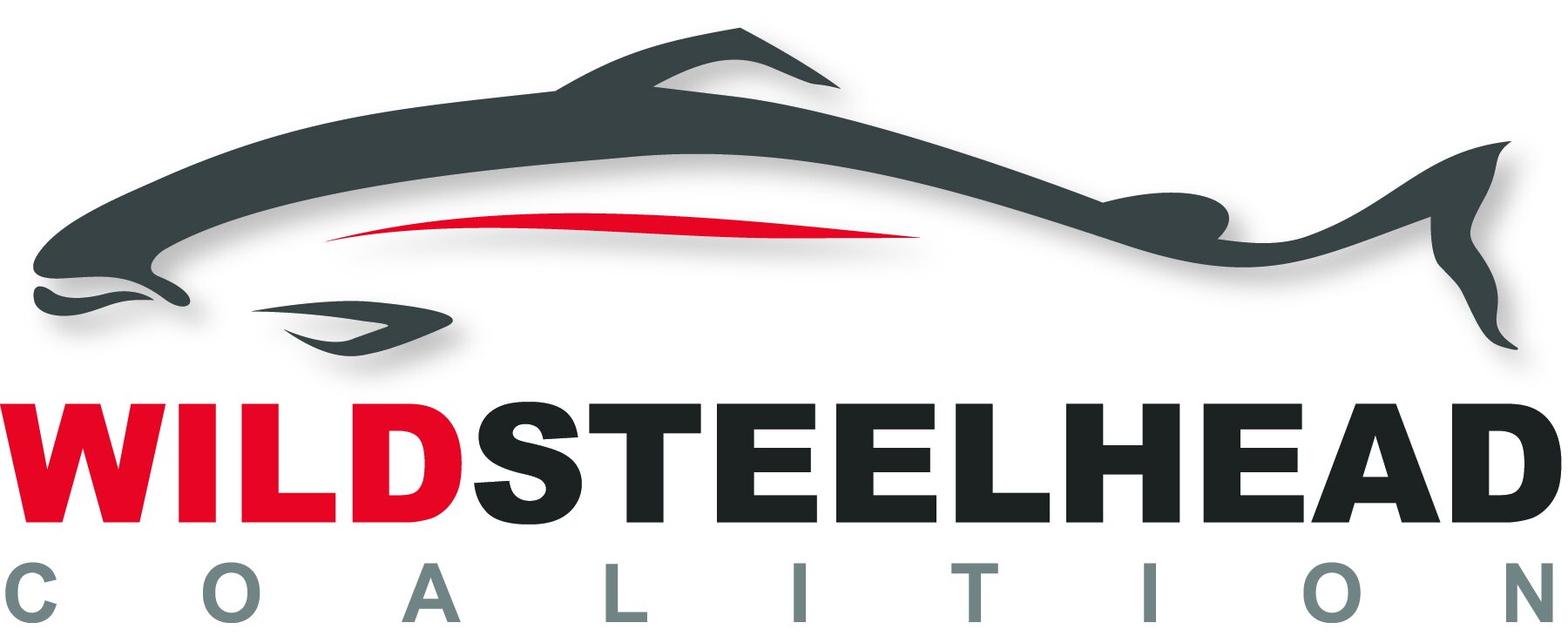WSC Letter and Comments on Wild Trout Policy Development
Oncorhynchus mykiss Photo: Ryan Hagerty USFWS
On behalf of the Board of Directors and the Wild Steelhead Coalition membership, please consider the following comments and recommendations regarding the current management and conservation strategies for wild trout in our state. Based on recent evaluations and scientific evidence, we believe the following changes are necessary to ensure the long-term sustainability and health of wild trout populations:
Replace “No Known Conservation Concern” with “Unknown Conservation Status”:
The current terminology requires proving a conservation concern to avoid the most liberal management strategy, which is unacceptable. Changing to “Unknown Conservation Status” will better encompass most state waters and prompt a more cautious approach to management.
Combine the “Anadromous” and “Non-anadromous” Zone Tables:
The identical language in both tables adds no value. Recognizing the interplay of resident and anadromous forms of O. mykiss in a single table would improve the regulation process and reflect the interconnected nature of these populations.
Acknowledge the Lack of Information and Effort in Managing Wild Trout:
State fishery managers must prioritize management and stock assessment of wild trout or adopt a default conservation strategy, such as catch and release, without defensible stock status information. A precautionary approach in situations of known uncertainty is standard practice in fisheries management.
Initiate a Statewide Outreach Program:
Educating all anglers on the importance of resident wild trout to steelhead is essential. A statewide outreach program will foster greater understanding and support for conservation efforts among the fishing community.
Expected Policy Actions:
No Kill of Wild "Trout" Statewide in Watersheds with Wild Steelhead:
This policy should be tailored to specific river sections, tributaries, and creeks to protect vulnerable populations.
No Kill of Wild "Trout" in Gene Bank Watersheds:
These areas should not justify lethal 'trout' fishing, ensuring genetic integrity and population sustainability.
No Stocking of Hatchery Trout in the Above Scenarios:
Stocking hatchery trout can negatively impact wild populations and should be avoided in these critical areas.
Allowable Kill Based on Sufficient Monitoring:
Any level of allowable kill should only be considered when monitoring shows sufficient numbers of resident wild trout. Fishery-independent surveys, such as snorkel surveys, electrofishing, or trapping techniques, are viable non-lethal methods to assess stream salmonids.
Consider Catch-and-Release (CnR) Mortality:
New regulations must account for the expected mortality rate of 4-6% under CnR rules. While CnR offers fishing opportunities, it has impacts, which must be factored into management decisions.
Increase Monitoring of Wild Resident Trout:
Increased monitoring is crucial to document status and trends. As Scheuerell et al. (2020) recognizes, this data is essential for improving stock-recruit forecast models used to manage wild steelhead.
Thank you for considering these recommendations. Implementing these changes will enhance the management and conservation of wild trout, ensuring their sustainability for future generations.

